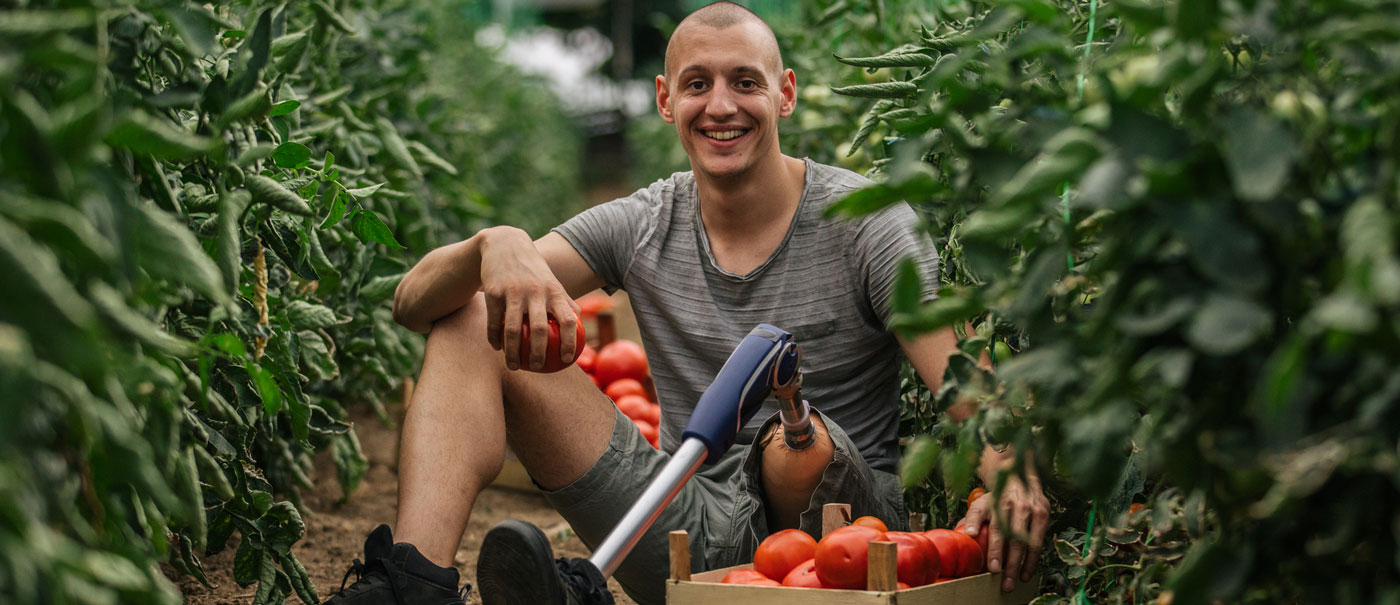For Vocational Rehabilitation (VR) counselors who serve agricultural clients, there are special challenges. They must determine if the existing agricultural operation constitutes a viable employment goal.
In addition, the Workforce Innovational Opportunity Act (WIOA) requires that clients earn at least minimum wage for successful case closure, and accurately determining such for agricultural operations can be difficult. Agricultural assistive technology and modifications can also be expensive, and VR resources are limited.
The purpose of this report is twofold:
- Provide guidance on how VR can serve farmers, ranchers, and other agricultural workers and meet regulatory requirements, especially competitive integrated employment requirements under WIOA
- Illustrate why VR should serve farmers, ranchers, and other agricultural workers even though the process for doing so may be challenging
While focusing on agricultural producers who have at least some ownership of an existing agricultural enterprise, some of the principles outlined may apply to agricultural workers with disabilities who:
(1) are employed – without having any ownership – by an agricultural enterprise, or
(2) are attempting to start a new agricultural enterprise.
About this Report
This paper was developed under USDA/NIFA Special Project 2016-41590-25880. Input for this publication was gathered through an AgrAbility/VR Working Group convened by the National AgrAbility Project (NAP) and composed of staff members and consultants from the NAP and state AgrAbility projects, state VR agencies, and the Council of State Administrators of Vocational Rehabilitation (CSAVR). Additional input was provided by the Workforce Innovation Technical Assistance Center (WINTAC) and by the Rural Institute (RTC: Rural) at the University of Montana.

